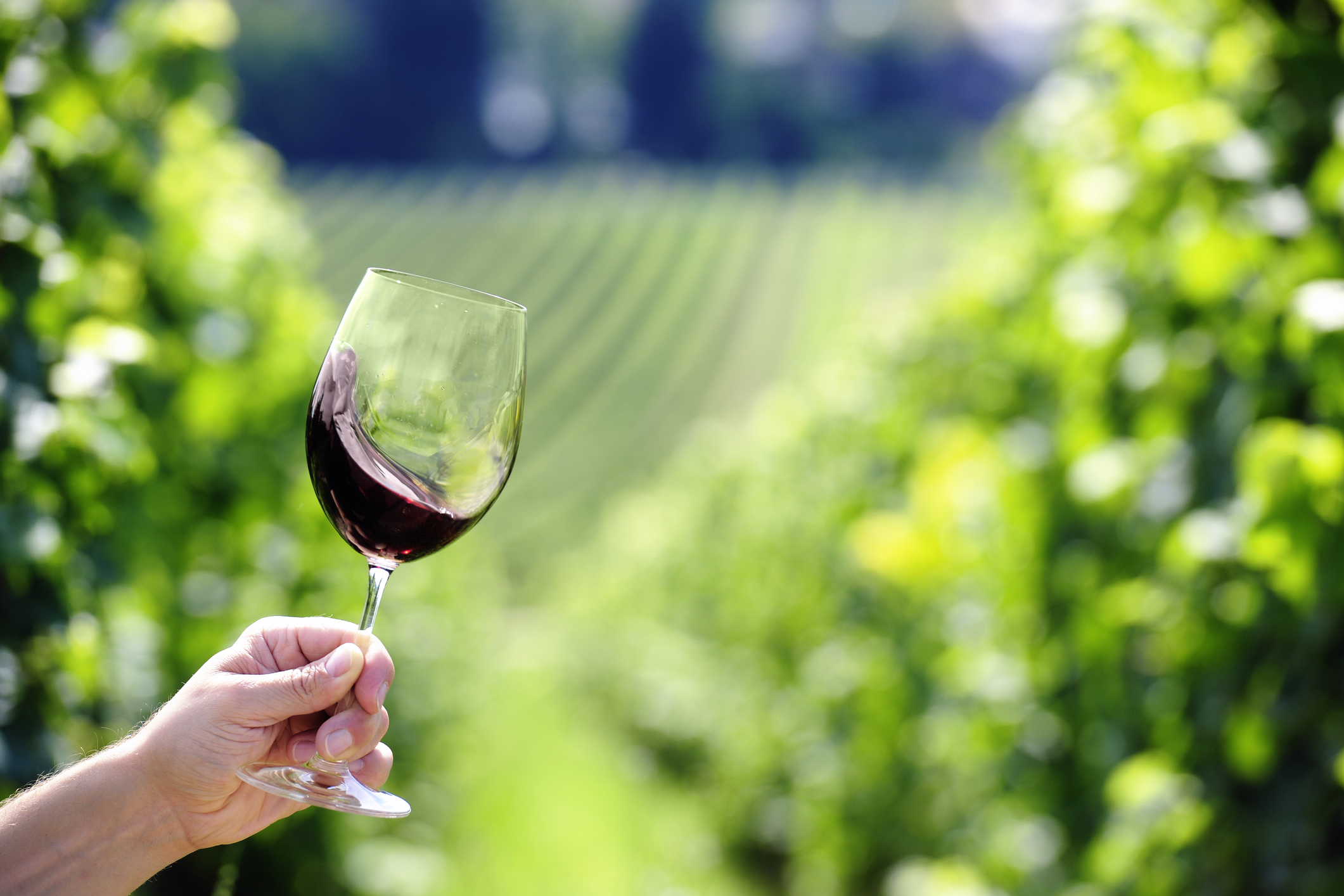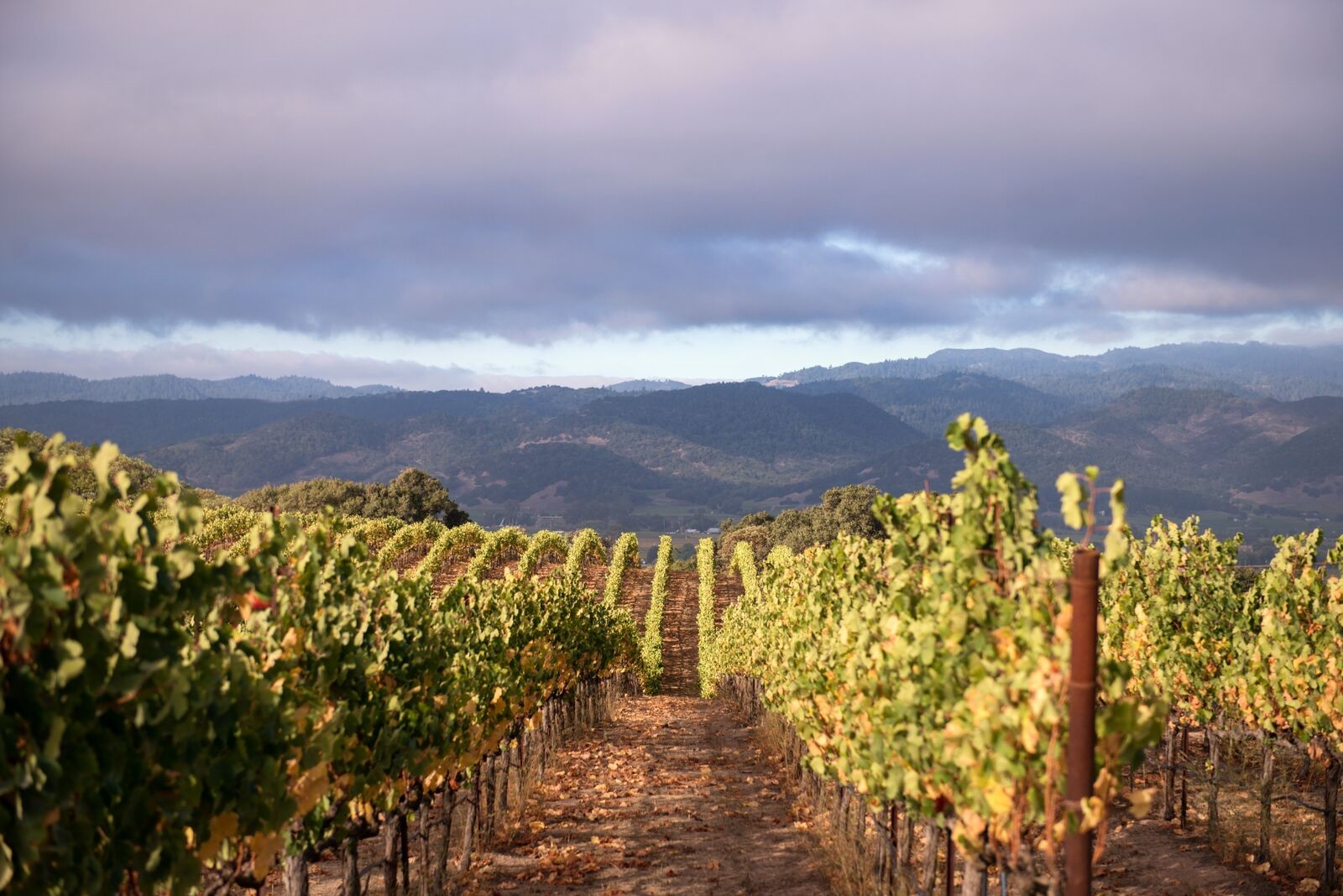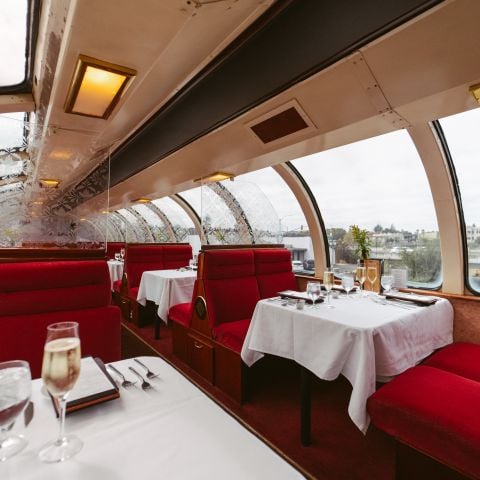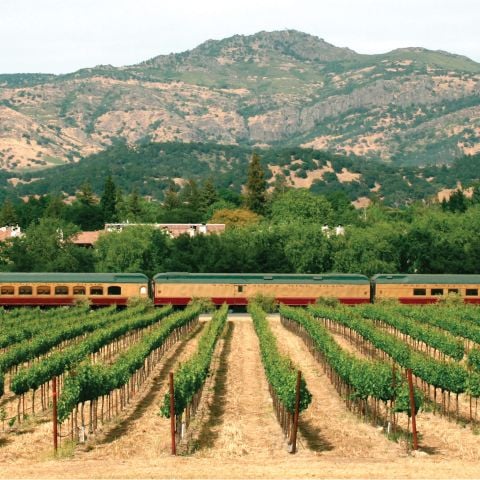The 1700s
Grapevines in Napa date as far back as the 1700s, when missionary Father Junipero Serra planted vineyards at the nine missions he founded throughout the region. Housing a mix of grapes and varietals, these vineyards were entirely functional, producing wine for religious purposes. This mix of field grapes became known as Mission Grapes and would be the foundation of California wine for decades.
The 1800s
George Calvert Yount (yes, that’s Yount as in Yountville) is credited with planting the first dedicated Napa Valley vineyards in 1839 but it would take another twenty years for the wine business to bloom in California. In 1861, the first commercial winery was established by Charles Krug. Its early success ushered in a wave of growth over the next decade or so. In 1876, the Beringer winery was opened, followed by Inglenook in 1879. Between the years of 1880–1890 planting went from 3,500 acres of vineyards to more than 18,500 acres and the number of wineries grew to close to 200.
The first Cabernet Sauvignon grapes were introduced to the area during this period as well, in what was called Hedgeside Vineyards, by Morris Estee. America was obsessed with Bordeaux wines at the time and Napa winemakers sought to take advantage by importing the grapes from Bordeaux and learning French winemaking techniques. Inglenook took the lead when it came to expert production of French-style Cabernet Sauvignons, with their wine winning a Gold Medal at the Paris World Fair in 1889. First-class passengers of the Canadian Pacific Railway were enjoying Inglenook wines in their dining cars— just as you can on your Wine Train journey!






